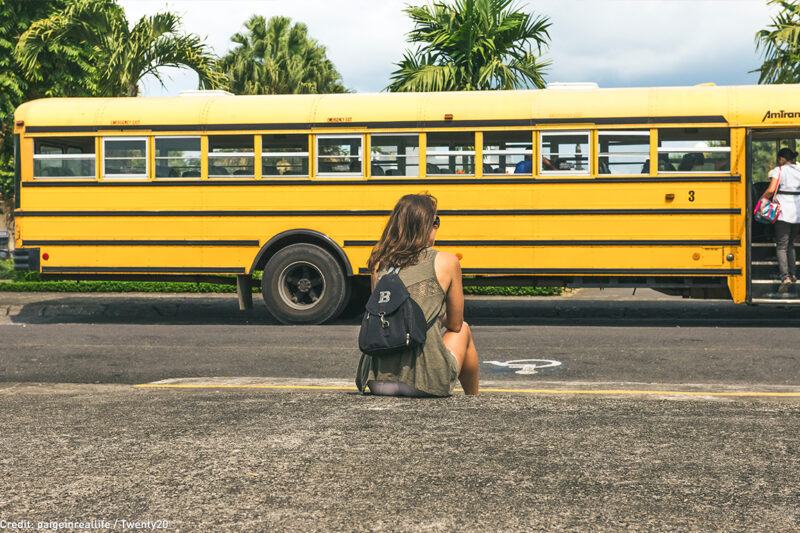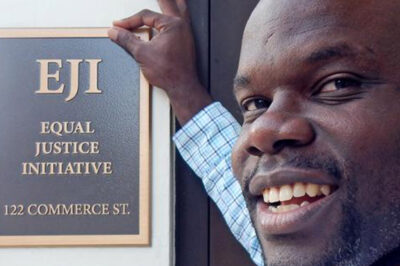
Of all the └¤░─├┼┐¬¢▒¢ß╣¹ÔÇÖs advocacy efforts, few have as ironic a sounding mission as our fight to keep students safe from certain school safety measures.
Unfortunately, a recently released entitled ÔÇ£Principles for School Safety, Privacy, & Equity,ÔÇØ which bears the signatures of 40 organizations, is likely to make our ongoing all the more challenging.
While the document sets forth some valuable standards, it also inadvertently provides cover for lawmakers and school officials to adopt student surveillance and policing measures that ÔÇö contrary to the title of the document ÔÇö undermine student safety, privacy, and equity.
after confirms that deploying surveillance and police in schools hurts kids, especially students of color and with disabilities. And likewise, these organizationsÔÇÖ well-intentioned document will hurt kids, especially students of color and with disabilities.
The └¤░─├┼┐¬¢▒¢ß╣¹ would have preferred the document never been published. However, the best we can do now is to publicly state our objections to the following principles it sets forth:
Principle 4: ÔÇ£The role and responsibility of law enforcement, if any, within a school needs to be clearly defined by written agreement. Schools should not rely on law enforcement officers to handle school disciplinary matters.ÔÇØ
The trouble with placing law enforcement in schools is not the lack of clearly defined policies to govern their role. It is that making police officers a regular fixture in schools, especially where students of color and with disabilities are concerned, creates a school-to-prison pipeline where students face an ever-present of starting their day at a desk and finishing it in a police station. Schools should be a place for educators, not law enforcement officers, and no well-crafted policy will alter that fact.
Principle 5: ÔÇ£If school safety measures include monitoring of students (physically and/or digitally), such measures should be evidence-based, subject to ongoing evaluation, and focus on threats of actual harm. They should be transparently developed in consultation with experts and community stakeholders, including students, parents, and educators.ÔÇØ
This principles has two major flaws. First, a general ÔÇ£evidence-basedÔÇØ standard for ÔÇ£digitalÔÇØ monitoring is vague and too low. Under this standard, even demonstrating a marginal benefit from student surveillance could justify the mass implementation of such efforts. The real standard should be a balancing test: Do the benefits of the proposed surveillance outweigh its harms to students?
In addition, while transparency is beneficial in all government decision making, merely ÔÇ£consultingÔÇØ with community stakeholders is not enough. No surveillance program should be implemented .
Principle 6: ÔÇ£If security cameras or other types of surveillance are used in schools, school administrators must ensure that the data collected is not misused and ensure compliance with all applicable privacy laws. Clear policies must be established regarding: (a) What data is collected, who has access, how the data will be used, and when it will be destroyed. (b) How to act upon data collected through the surveillance of students. (c) Sharing data, especially if data will be shared with law enforcement or others outside of school, with clear responsibilities and accountability as well as consequences for those who violate these data sharing protocols. (d) Transparency to educators, parents, and students.ÔÇØ
As with police in schools, here we have a principle erroneously suggesting the problems with student surveillance can be cured with clear, transparent policies. But in failing to provide specific minimum standards, this principle essentially says any policy will do, provided it is clear, transparent, and addresses the noted subjects.
Take, for example, a clear and transparent school policy establishing that students will be constantly subjected to video monitoring and that the video will be subjected to facial recognition software, stored for 15 years, and shared with ICE. Such a policy would severely undermine student freedom and privacy and place vulnerable students at even greater danger, yet it would fully satisfy the demands of this principle.
Principle 7: ÔÇ£Algorithms used for school safety are imperfect, often based on historical and biased data, and can produce false positives and replicate bias. Final decisions about whether a student is categorized as a threat and the actions to take should be made by school administrators, who are able to take into account the studentÔÇÖs particular needs and circumstances, and not by algorithms.ÔÇØ
Algorithms can be biased, racist, and perpetuate myths about mental health and violence. But so can school officials. The real challenge here, which this principle misses entirely, is defining what constitutes a threat. Being falsely identified as a threat can do serious and lasting to a student. Often, threat standards are set too low by policymakers who, in trying to prevent a mass casualty event, think little about harming individual students. That approach, regardless of whether it is implemented by an algorithm or a real person, is wrong. It is a schoolÔÇÖs duty to protect all students from actual harm, not just most students from hypothetical ones.
Principle 9: ÔÇ£Students who are designated as a threat, and their families, should have an opportunity for recourse, have access to the information used to identify them as a threat, and have the opportunity to dispute the information.ÔÇØ
This principle, while well intentioned, does nothing to protect student privacy and safety before and during the recourse process. Students who are publicly labeled a potential threat will bear that for the rest of their days. Such students may become the targets of bullying ÔÇö or increased bullying ÔÇö and even violence. Accordingly, rules must be adopted to protect student privacy at all times, including during a fully confidential appeals process.
Principle 10: ÔÇ£Surveillance measures should be reviewed regularly to verify that they are fulfilling the goal of protecting student safety and are not producing deleterious unintended effects, and to ensure that unnecessary surveillance is not continued.ÔÇØ
Sadly the list of principles saves its worst statement for last.
The wording of this final principle bakes in the assumption that surveillance measures protect student safety. Asking a school to ÔÇ£verify that [the surveillance is] fulfilling the goal of protecting student safetyÔÇØ is like asking someone to verify that there is no water in the ocean. No have produced evidence that surveillance protects student safety. There is nothing to verify.
Even worse, this standard fails to recognize that every surveillance effort has deleterious unintended on the rights and liberties of the surveilled. It is impossible to ÔÇ£verifyÔÇØ that is not happening, and it is irresponsible to suggest otherwise.
We fear the low standards and false narratives set forth in these principles will be seized upon by ill-informed policymakers and greedy tech companies who are looking to make a fortune off selling the surveillance technologies to schools.
Many of the signatories of the ÔÇ£Principles for School Safety, Privacy, & EquityÔÇØ are └¤░─├┼┐¬¢▒¢ß╣¹ allies. But we must respectfully tell them that signing this mile-wide, inch-deep student safety policy document was ill advised. We encourage each of them to withdraw their signatures from the document at their first opportunity to do so.




